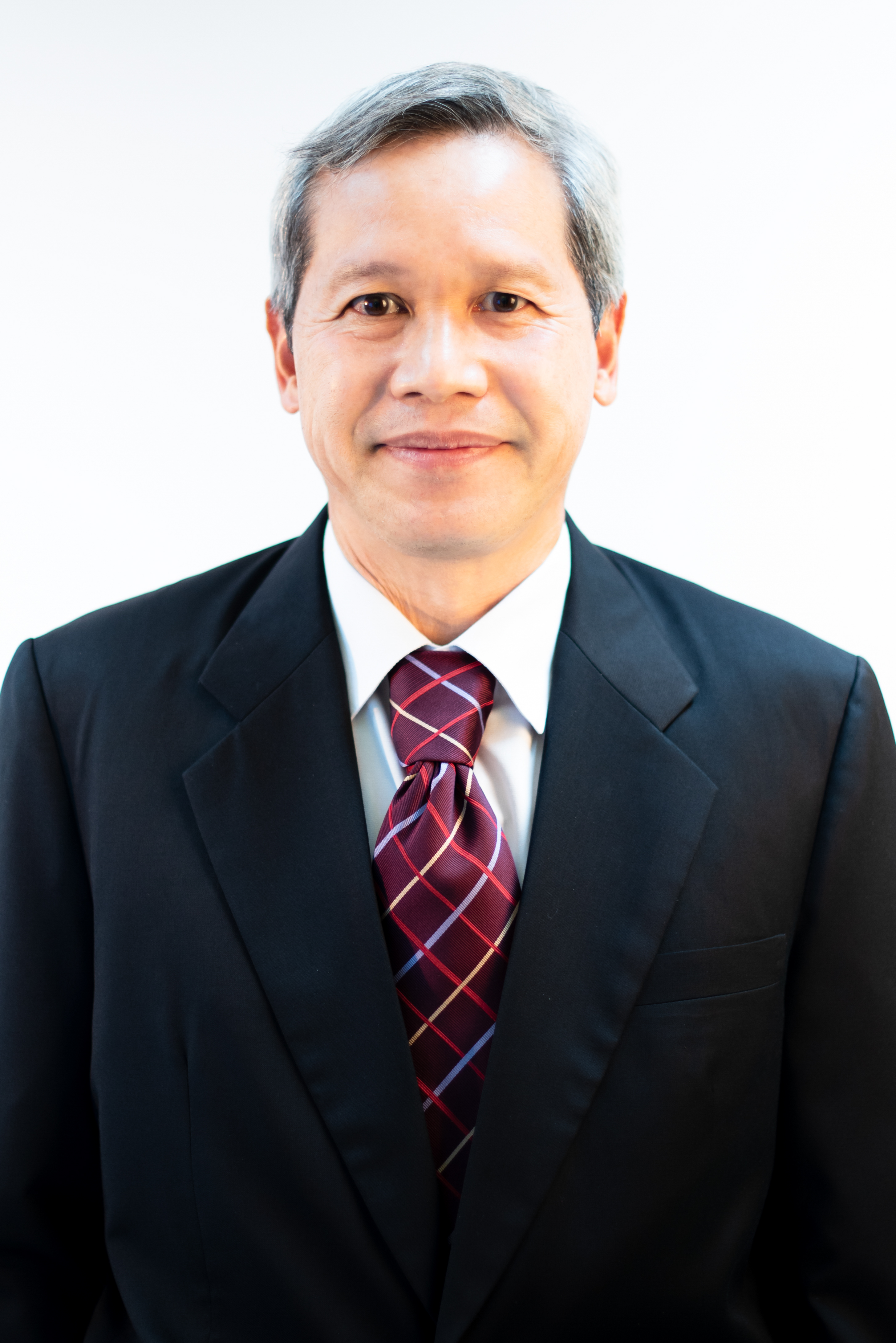Heat Powered Refrigeration Cycles
Refrigeration system is a thermodynamics cycle that removes heat from an enclosed space, or from a substance, and rejects out to the surrounding at a higher temperature. In most of refrigeration systems, the liquid refrigerant is evaporated at a low pressure and is condensed back to liquid at a higher temperature. The refrigerant can absorb a heat at a low temperature during the evaporation process and condense back to liquid by reject heat out to the surrounding during the condensation process. Many types of refrigeration systems have been invented for long time. The most common system used is known as “a vapor-compression refrigeration system”. In this system, the elevation of the refrigerant pressure is achieved by mean of a mechanical compressor. This system is operated using electrical energy input to the mechanical compressor. Therefore it is known as a worked- operated refrigeration system.
Since energy consumption and environmental problems have become serious issue for the present world, there are many attempts to reduce the use of electricity in refrigeration process. Heat powered refrigeration systems seem to be one of the most appropriate systems for the current energy and environment situations. Unlike the work-operated refrigeration systems, the many industrial waste heat can be recovered and converted to produce the useful refrigeration. As a result, the electricity purchased from utility companies for producing refrigeration from a conventional vapor compression refrigerator can be reduced. Therefore, the use of a heat powered refrigeration system helps reduce problems related to the global environment, such as emissions from burning fossil fuels in utility power plants. There are two well- known types of heat operated refrigeration systems: a jet refrigeration system and an absorption refrigeration system.
Description of Past and Current Research Activities
1. Absorption refrigeration system
Absorption refrigeration cycle is a combination of a separation process and an absorption process of a binary solution consisting of refrigerant and absorbent. In this system, the liquid refrigerant is evaporated a low pressure as it is absorbed in to solution. The solution is then pumped to a high pressure and is heated to a high temperature. The refrigerant is driven of from the solution and condensed by rejecting heat out to the surrounding, similar to a vapour compression system.
For typical absorption refrigeration systems, a circulation pump is required to circulate the solution. Our research in the field of Absorption refrigeration cycle was an investigation of a diffusion absorption refrigerator (DAR) which is a truly heat powered refrigeration system. It can be operated without any use of electrical or mechanical energy. Circulation of its working fluid is achieved using a bubble-pump.
2. Jet Refrigeration system
An ejector refrigeration cycle is similar to a typical vapor-compression cycle except that an ejector is use to replace the role of compressor with the addition of a vapour generator or boiler and a pump to provide thermal energy.
Even though, the jet refrigeration system provide relatively low Coefficient of Performance (COP), compared to other types of refrigeration cycles, It utilizes a low temperature thermal energy (100-200oC) from inexpensive or even free sources such as industrial wasted heat or a solar collector.
Performance of a jet refrigeration system depends greatly on an equipped ejector. In order to design and develop a high performance ejector, a clear understanding of the flow and mixing inside the ejector is first needed.
In the past, ejectors were designed and analyzed based on a classical theory which was based on one dimensional gas dynamic theory. However, this theory can be used to predict the performance when the ejector is operated at its design condition only. Moreover, effects of the ejector’s geometries were not included. Recently, with the rapid development of numerical solution method, some researchers attempted to apply Computational Fluid Dynamics (CFD) in modeling the flow within ejectors.
Our past and current research in the field of jet refrigeration system were conducted and investigated experimentally and numerically (a CFD software). A CFD package was used to analyze the ejectors which were equipped in the experimental jet refrigeration cycles. The effects of operating conditions and geometries on its performance were investigated and validated with the actual values. Even though no correction factors were added as was done in one-dimensional theories, it was found that the CFD method provides reliable results compared to the actual values from the experiment. Unlike one-dimensional theories, a constant mass flow which is a typical characteristic of an ejector was shown. The theory described the flow and mixing process within the ejector was proposed.
As stated previously, the jet refrigeration system provides low COP compares to other types of refrigeration system. Thus, to make the system more competitive, apart from using the mechanical driven pump, alternate ways to return a liquid refrigerant to the boiler have been proposed. Our researches on the field are the development of the new circulation system to a jet refrigerator as shown in the following figure. This system fed the liquid condensate back to the generator by means of gravitational force and the generator pressure. The system is name as “the workless-generator feeding system (WGF)”. The requirement of the mechanical pump was eliminated. Thus the system becomes the purely heat-operated cycle. The system was also practical where the system height was limited.
